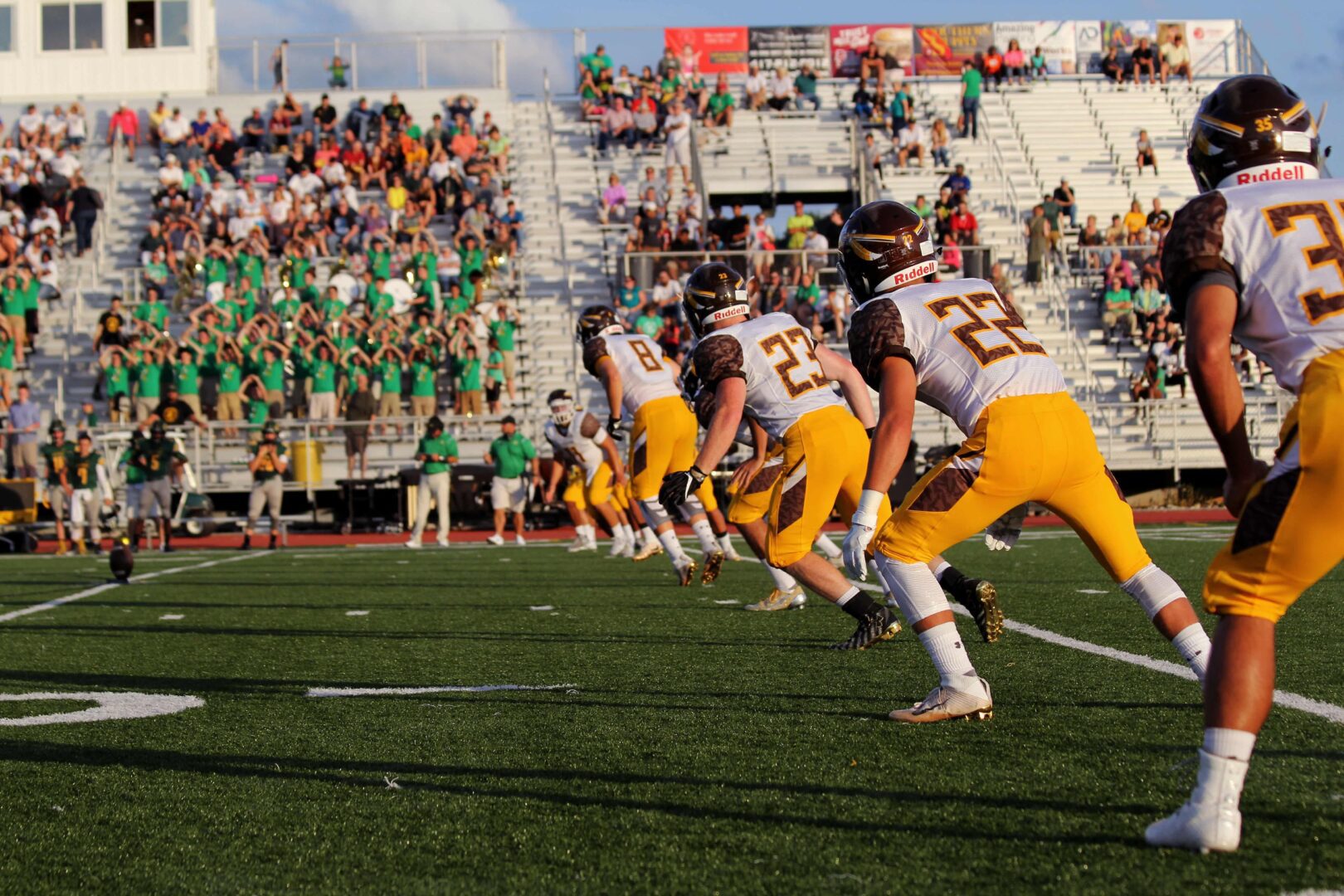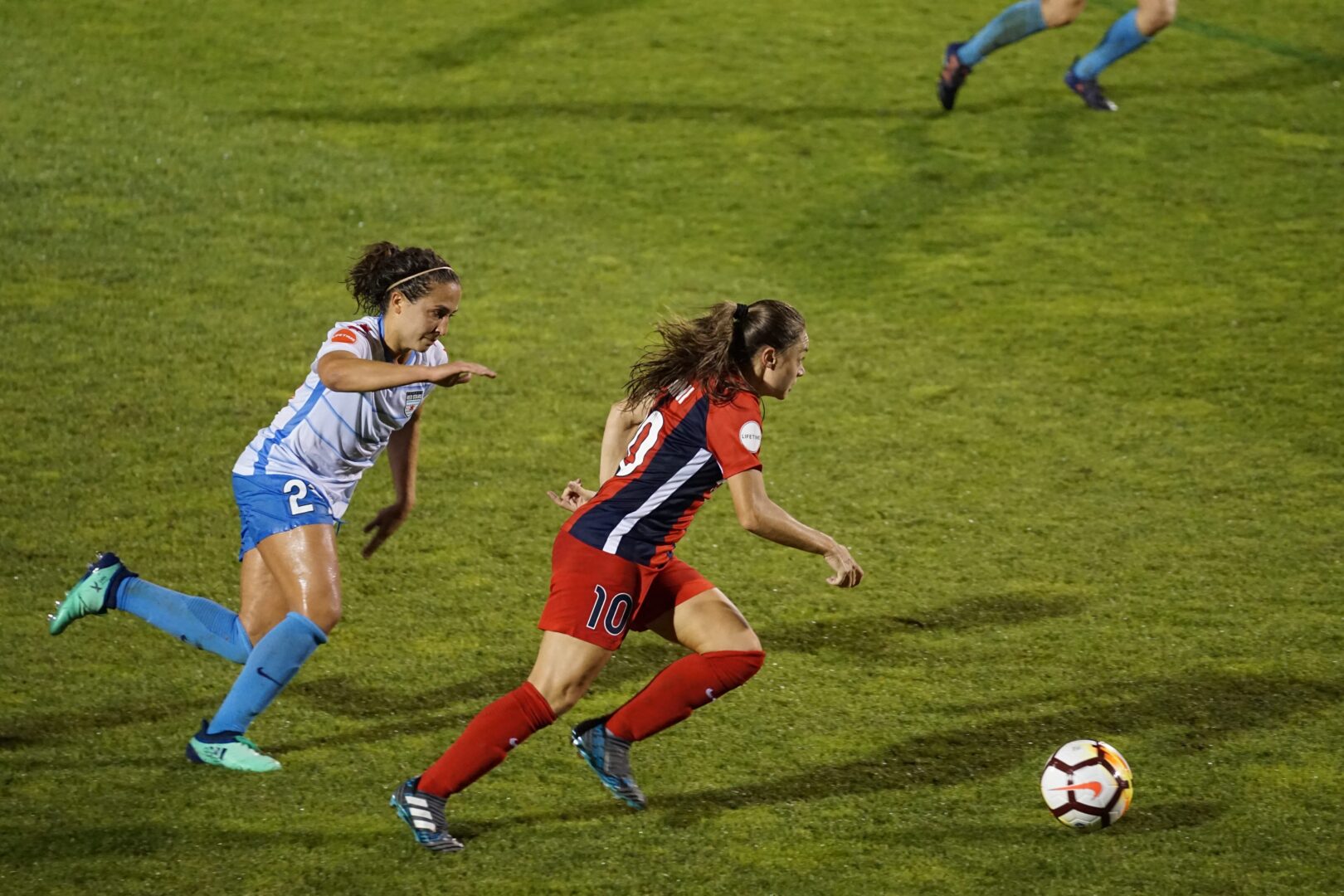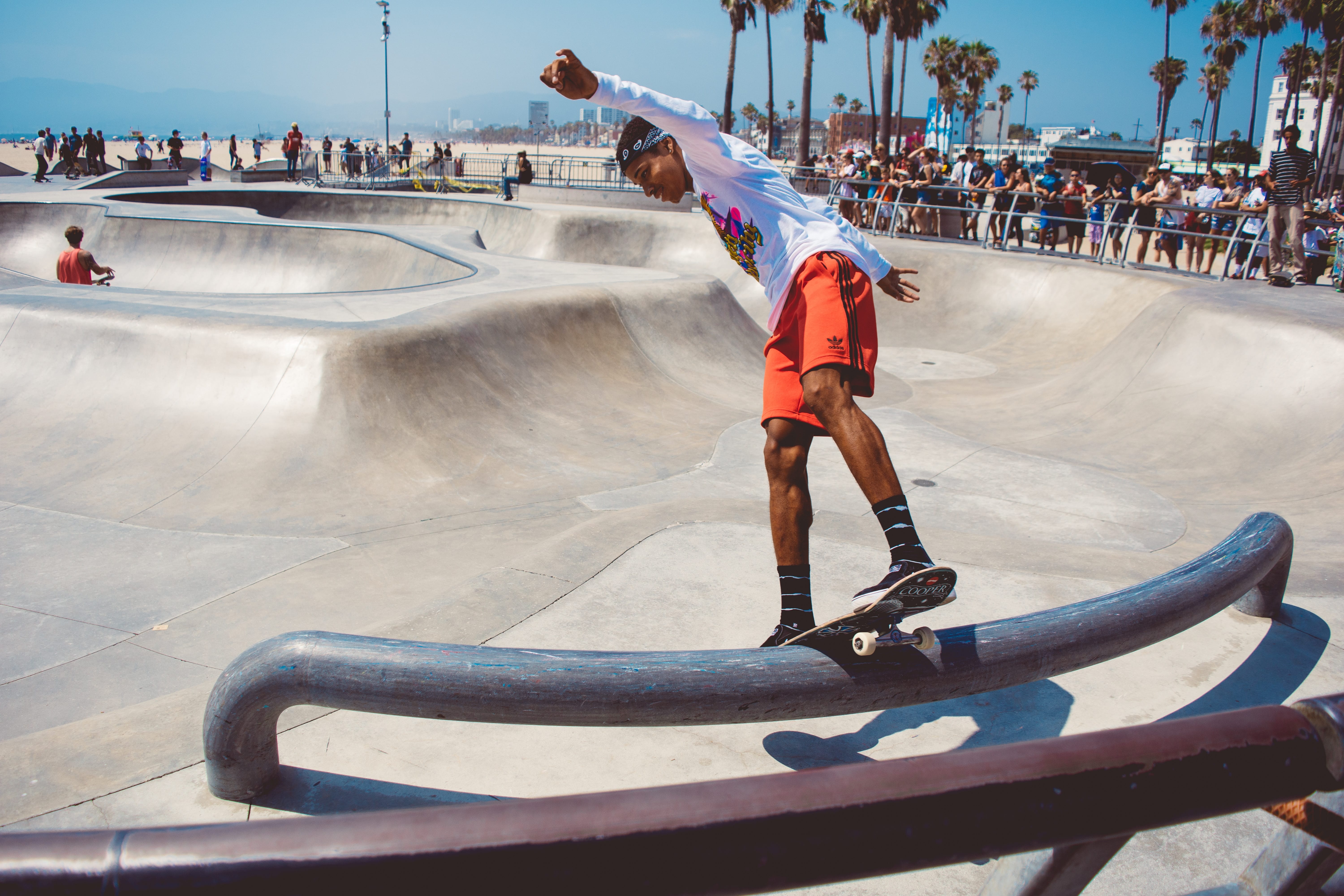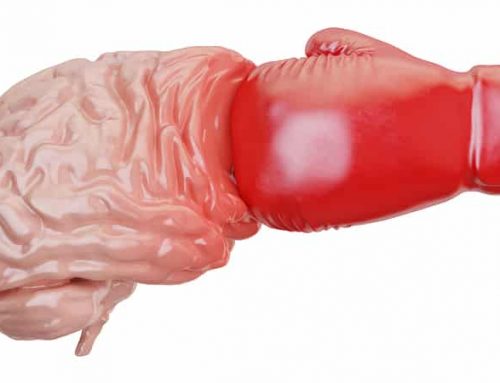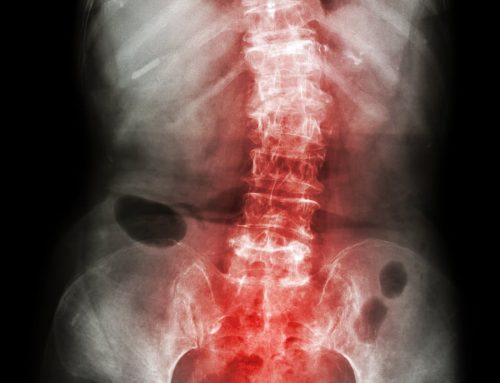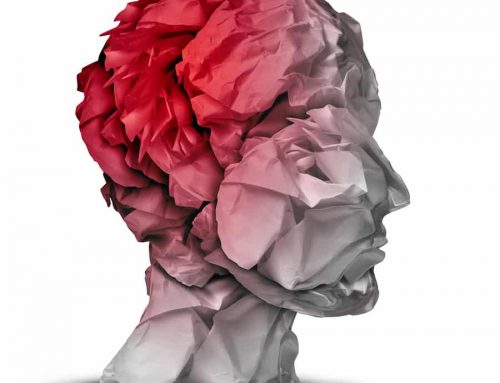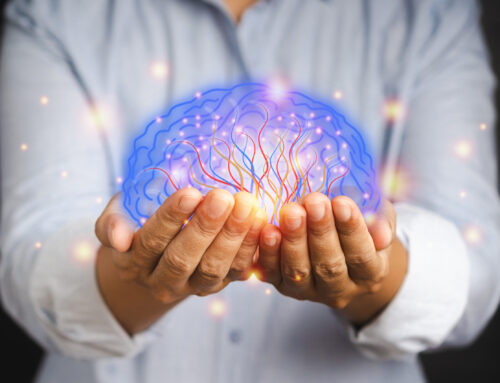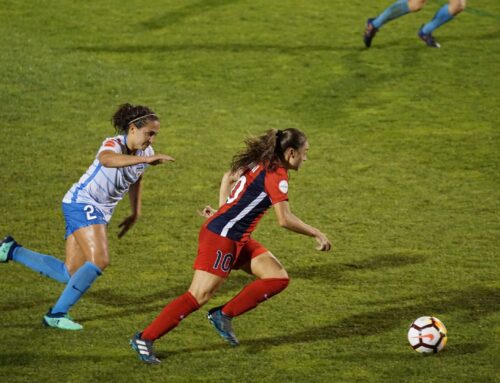Sports injuries are becoming almost epidemic. A series of studies have concluded that head-to-head collisions in sports can produce brain injuries that may affect athletes years after they’ve left the playing field. According to the Journal of the American Medical Association, over 62,000 US students and athletes suffer ‘mild’ head injuries annually. Some of these injuries affect learning, memory, concentration and decision making. Athletes with learning disorders appear to suffer more significant long-term consequences from head injuries sustained in sports. This in itself is a very serious situation because there is little adequate treatment available to counter the effects of these head traumas. For the most part, no treatment is even offered because it is generally felt that the condition will resolve itself in time. This is almost never the case, but the case histories seldom span more than three months when any lesion caused by the trauma heals. The injured athlete suffers post-trauma injury syndromes which include chronic head, neck, spine and back pains, scoliosis and neurological dysfunction of one kind or another in various parts of the body or in the use of that part. Cognitive deficits such as memory are also common.
Head trauma can include pain, whiplash, concussion, visual disturbance, headaches, and more. This scenario demonstrates not only the interrelation of one system to the other but also why these traumas are not just a head injury or stiff neck which will go away in time.
Nothing happens in or to the body without a total body awareness of the incident. This awareness is communicated through an intact nervous system so that the body can accommodate the particular incident and can act appropriately to survive. As these systems are involved in our basic survival, they must also of necessity be reflex in nature, that is, automatic, needing no cognitive activity or training to function. Trauma in all of its possibilities can and does disrupt the neural programs within these reflex systems which then send inappropriate signals to the body.
Neural Organization Technique was developed to deal with the neurological, physiological and cognitive deficits associated with the head trauma complexes. Using the Neural Organization Technique protocols, it is now possible to help the brain reorganize the nervous system circuits to start the healing process in a shorter period of time and eliminate these deficits. With the proper corrections, the patient can release the neurological hold on the injury and heal rapidly.
Dr. Annalee Kitay studied with and was personally certified to teach Neural Organization Technique by Dr. Carl A. Ferreri, the developer. She sees patients in Boca Raton, Florida and Whippany, New Jersey and also offers training to doctors interested in Neural Organization Technique. Visit us at drkitay.com and she can be reached at 561-620-6007


